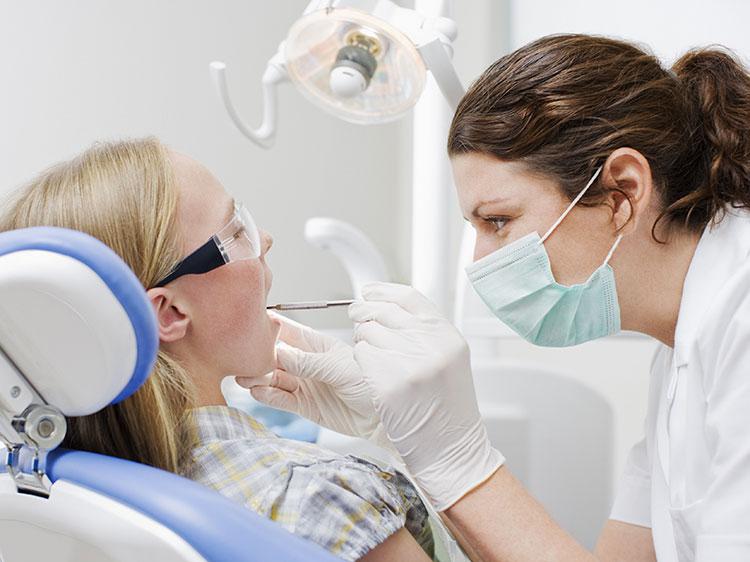
Most people are unaware that someone is dying. It's crucial to know what to watch out for during the last few months, days and weeks of life. There are three types of changes - physical, emotional and mental.
The most common sign that someone is close to death is a change in breathing. This can include periods where breathing is shallow and then deep. Or, it could be a distinct breathing pattern, such as slow, then fast, then again slow. You may also have fluid in your lungs or a persistent, unresolving cough.
Breathing patterns are very important to watch out for, as they can be very confusing and distressing for loved ones. The person may not be aware of the body and this can lead to confusion and distress for loved ones.
A common sign of death is pain and nausea. These symptoms are present at any moment in the journey towards death. However, they get more intense as it nears. If your loved one is having trouble swallowing or has trouble breathing, ask their doctor about pain medication that can help.

A decrease in appetite, and a loss in interest in activities that used to be enjoyable can also be signs of death. You may feel detached and withdrawn. At times, you might even become confused or incoherent.
Also, skin color can alter. Skin color can also change.
Their circulation can also slow down, making them feel colder. Some people may have a feeling of coldness or dryness on their skin. They might also need a comforter from a close friend.
Due to the body's shutting down, your eyes may start to tear and look glazed. You may notice that they look glassy, or even milky.
They will blink more often, which is uncomfortable for the family. Eye drops should be provided to a dying individual, since the fluid inside their brain can affect his or her eyesight.

Some people can have a sudden burst of energy in the final hours of their lives, and they can sit up and talk for a short while. It can be very comforting for those who are dying. However, it could also be an indication of terminal illness.
A sudden onset of uncontrollable muscle movements, called myoclonic jabs, is another sign of impending death. These are distressing but normal signs of death.
The movements may be in the arms or leg and are often accompanied by other changes. Although they are not painful for the person experiencing them, it can be distressing to those who watch.
If you notice these signs, let your loved one know that they are not alone. While they may be unable to communicate or respond in any way, they are still able to hear and understand that you're there. Speaking calmly is essential to avoid arguments and misunderstandings. This is especially true if someone is in a state of comatose.
FAQ
What is the distinction between the health service and the health system?
Healthcare systems go beyond providing health services. They cover all aspects of life, from education to employment to housing and social security.
Healthcare services, on other hand, provide medical treatment for certain conditions like diabetes, cancer and mental illness.
They may also refer to the provision of generalist primary care services by community-based practitioners working under the direction of an NHS hospital trust.
Why do we need medical systems?
People in developing nations often do not have access to basic health care. Many people from these areas die before they reach middle-age due to diseases like tuberculosis or malaria.
In developed countries, the majority of people have routine checkups and see their general physicians for minor illnesses. But many people still suffer from chronic illnesses like diabetes and heart disease.
What are the services of health care?
A health-care service is a medical establishment that provides healthcare services to patients. A hospital is an example. A hospital typically includes several departments like the emergency department and intensive care unit. It also has pharmacy and outpatient clinics.
Statistics
- Healthcare Occupations PRINTER-FRIENDLY Employment in healthcare occupations is projected to grow 16 percent from 2020 to 2030, much faster than the average for all occupations, adding about 2.6 million new jobs. (bls.gov)
- The healthcare sector is one of the largest and most complex in the U.S. economy, accounting for 18% of gross domestic product (GDP) in 2020.1 (investopedia.com)
- For instance, Chinese hospital charges tend toward 50% for drugs, another major percentage for equipment, and a small percentage for healthcare professional fees. (en.wikipedia.org)
- Price Increases, Aging Push Sector To 20 Percent Of Economy". (en.wikipedia.org)
- About 14 percent of Americans have chronic kidney disease. (rasmussen.edu)
External Links
How To
What are the Four Health Systems?
Healthcare is a complex network that includes hospitals, clinics and pharmaceutical companies as well as insurance providers, government agencies, public officials and other organizations.
This infographic was created to help people understand the US healthcare system.
These are some of the most important points.
-
Annual healthcare spending amounts to $2 trillion, or 17% of GDP. It's nearly twice the size as the entire defense budget.
-
Medical inflation reached 6.6% in 2015, which is more than any other consumer group.
-
Americans spend 9% on average for their health expenses.
-
There were more than 300 million Americans without insurance as of 2014.
-
Although the Affordable Care Act (ACA), has been passed into law, it is not yet fully implemented. There are still significant gaps in coverage.
-
A majority of Americans believe that there should be continued improvement to the ACA.
-
The United States spends more on healthcare than any other country.
-
Affordable healthcare for all Americans would reduce the cost of healthcare by $2.8 trillion per year.
-
Medicare, Medicaid, or private insurance cover 56%.
-
The top 3 reasons why people don't get insured include not being able to afford it ($25 billion), not having enough time to look for insurance ($16.4 billion), and not knowing about it ($14.7 billion).
-
HMO (health management organization) and PPO(preferred provider organisation) are the two types of plans.
-
Private insurance covers almost all services, including prescriptions and physical therapy.
-
The public programs include hospitalization, outpatient surgery and nursing homes. They also cover long-term care and hospice care.
-
Medicare, a federal program, provides seniors with health insurance. It pays for hospital stays, skilled nursing facility stays, and home health visits.
-
Medicaid is a program of the federal and state governments that offers financial assistance to low-income people and families who earn too much to be eligible for other benefits.